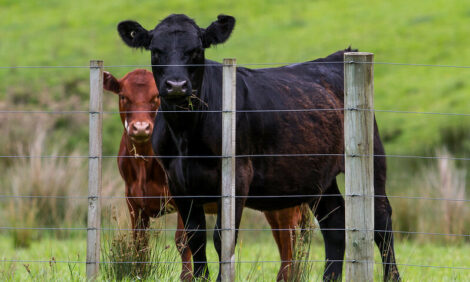



New Publication Examines Impact of Precautionary Principle
GLOBAL - CAST’s new Issue Paper, "Impact of the Precautionary Principle on Feeding Current and Future Generations", looks at the history of the precautionary principle (PP) and examines problems of ambiguity, arbitrary application, and bias against new technologies.Because the publication is especially focused on the need to feed a growing population, the case studies center on agricultural issues such as pesticide use, genetically modified foods, and food irradiation.
The authors state that the PP has played an important part in bringing attention to appropriate risk management. If it is applied in its more stringent formulations, however, the PP will suppress innovation, to the detriment of both the economy and human health. In this paper, the authors
- give examples of the PP's failure to offer a credible and reasoned framework for the application of risk management;
- describe inconsistencies and suggest that the PP will be increasingly controversial, marginalized, and ignored in the future; and
- acknowledge the importance of safety and give credit to the general concept that sparked the PP but indicate it has become unworkable and counterproductive.
Commonsense safety practices are necessary, and the paper does not advocate reckless abandon. But the findings indicate that, in many respects, the PP does more harm than good. As the authors (Gary Marchant (Chair) - Arizona State University, Linda Abbott - United States Department of Agriculture, Allan Felsot - Washington State University and Robert L. Griffin - United States Department of Agriculture) say, "The future involves a mission to feed a population of 9.1 billion by 2050. The PP has failed as an overall risk management strategy, and it is time to move past it."
TheCattleSite News Desk


